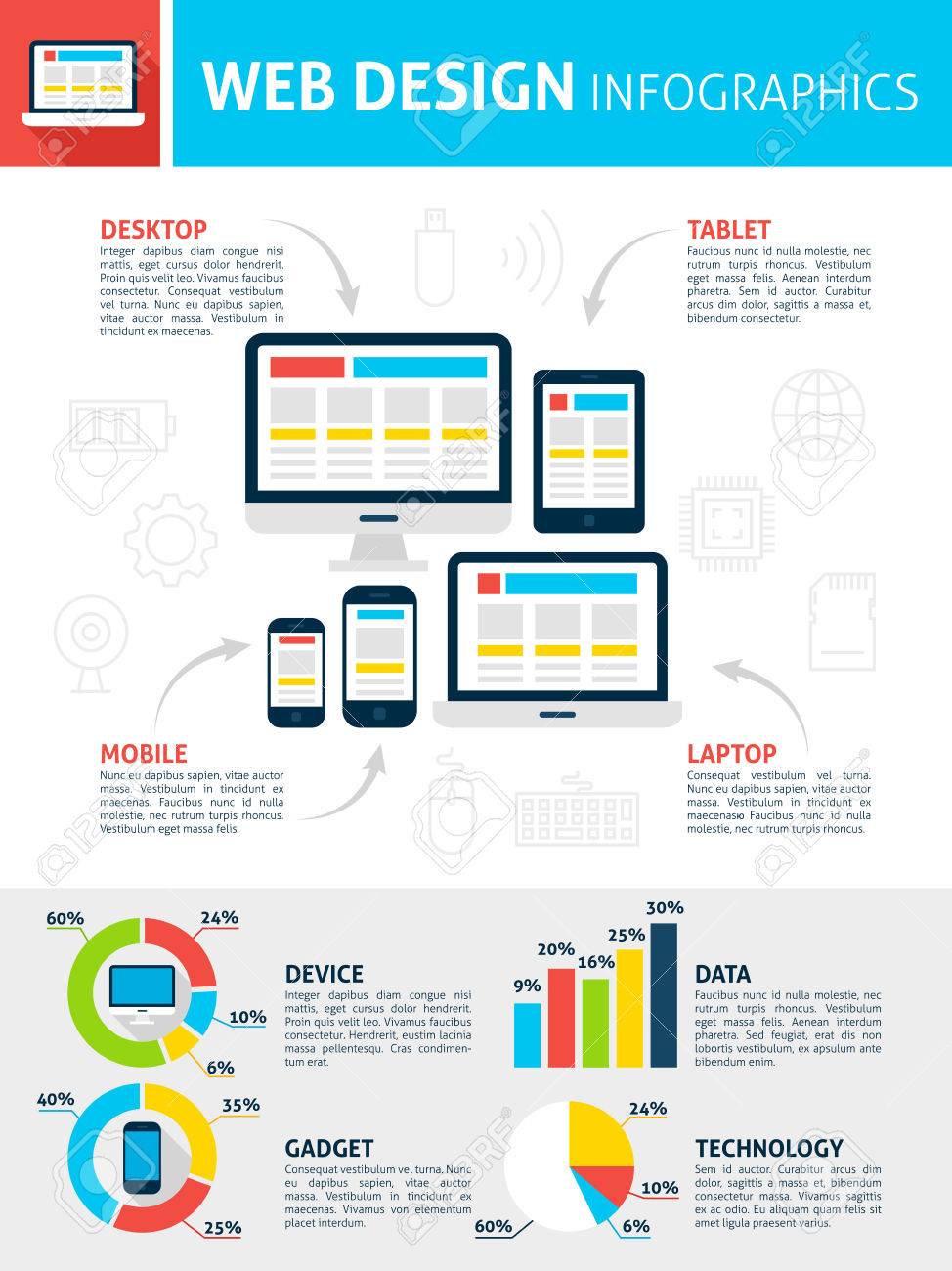Boost Your Website'S Individual Experience And Strive For Design Quality With Our Functional And Straightforward Ideas And Techniques
Boost Your Website'S Individual Experience And Strive For Design Quality With Our Functional And Straightforward Ideas And Techniques
Blog Article
Written By-Todd Graves
Master the art of web design by focusing on user experience. Craft instinctive navigating and go with mobile optimization to enhance the browsing experience. Ensure easy navigating with clear headings and enticing visuals. Prioritize mobile responsiveness for a constant user experience. By incorporating these necessary layout concepts, you can develop a straightforward website that captivates site visitors.
Necessary Style Concepts
When making a site, prioritize customer experience above all else. Your primary objective needs to be to develop a smooth and satisfying experience for your visitors. Start by ensuring that your site is very easy to browse. Usage clear headings, arranged menus, and instinctive buttons to assist individuals through your material effortlessly. Keep in mind, simplicity is crucial. Prevent jumbling your web pages with unneeded aspects that can overwhelm or confuse your target market.
One more necessary layout principle is to ensure your web site is visually appealing. Pick a natural color scheme, high-quality photos, and readable font styles to boost the total appearance of your website. Uniformity is vital in developing a strong brand name identification and making your website a lot more unforgettable to users.
Furthermore, prioritize mobile responsiveness. With more people searching the web on their smart devices and tablet computers, it's essential that your website looks and functions well on all tools. Examine visit the up coming document on different display sizes to make sure a seamless experience for all individuals. By focusing on these necessary style concepts, you can develop an easy to use web site that maintains visitors returning for more.
User-Focused Navigating
To enhance user involvement and simplify their browsing experience, prioritize developing intuitive navigation paths that lead visitors flawlessly via your web site. Clear and efficient navigation is vital for aiding customers locate the info they need swiftly and effectively. Beginning by maintaining your menu structure basic and easy to understand. Use descriptive tags that clearly indicate what material can be discovered under each menu choice. Additionally, take into consideration carrying out dropdown food selections for subcategories to prevent overcrowding the primary navigation bar.
Another crucial facet of user-focused navigating is the use of breadcrumbs. Breadcrumbs are an additional navigation help that reveals customers their current place on the internet site and enables them to conveniently navigate back to previous pages. This feature is particularly valuable for users that enter your website with a deep web link or an internet search engine result.
Furthermore, including search functionality prominently on your web site can better boost individual navigation. A search bar permits customers to quickly locate details material without having to click via multiple web pages. Ensure that your search bar is easily visible and accessible on every web page of your website for maximum use. By prioritizing user-focused navigation approaches, you can produce a more intuitive and satisfying searching experience for your site visitors.
Mobile Optimization Techniques
Take into consideration optimizing your web site for mobile phones to guarantee a seamless customer experience across different screen sizes. Mobile optimization is crucial in today's digital landscape where a considerable section of web surfing happens on mobile phones and tablet computers.
To improve mobile usability, start by carrying out receptive design strategies. This strategy permits your web site to adjust to various screen dimensions, maintaining performance and aesthetic appeals.
Concentrate on optimizing packing times for mobile individuals. Slow-loading websites can prevent site visitors and impact your internet search engine positions. Press pictures, lessen HTTP demands, and take advantage of web browser caching to improve loading speed. Additionally, prioritize web content hierarchy for mobile display screens. Make sure that vital information is prominently presented, and navigation is user-friendly, promoting simple access to essential sections.
Use touch-friendly elements such as larger switches and streamlined forms to assist in interaction on mobile phones. Conduct comprehensive testing across different mobile systems to recognize and fix any use concerns.
Conclusion
Finally, understanding the art of website design is critical for developing an easy to use site. By including vital design principles, user-focused navigation, and mobile optimization strategies, you can ensure a smooth and enjoyable experience for your visitors.
As an example, a regional bakery saw a 30% rise in on-line orders after revamping their internet site to be a lot more user-friendly and mobile-responsive. Bear in mind, a well-designed web site can make all the difference in bring in and keeping consumers.
